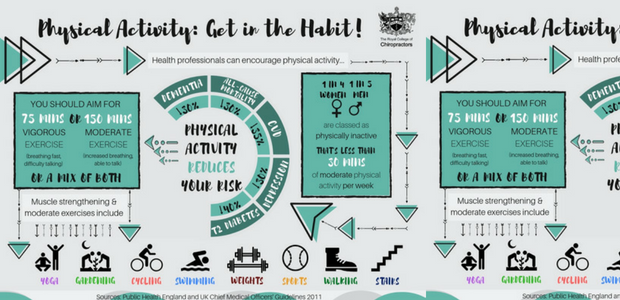The Science Behind Cold Laser Treatment: Recognizing Its Mechanisms And Results
The Science Behind Cold Laser Treatment: Recognizing Its Mechanisms And Results
Blog Article
Staff Writer-Bendix Pedersen
You may have heard of cold laser therapy as a promising treatment choice for numerous conditions, however have you ever before questioned how it actually deals with a cellular degree? Comprehending the systems behind this treatment can clarify its effectiveness in promoting healing and decreasing inflammation. By exploring the science behind cold laser treatment, you'll gain understandings right into the fascinating methods which light can influence cellular processes and promote cells repair service.
Exactly How Cold Laser Treatment Functions
To comprehend exactly how cold laser therapy works, you need to grasp the essential concepts of just how light power engages with biological cells. Get Source , also known as low-level laser treatment (LLLT), utilizes particular wavelengths of light to pass through the skin and target hidden cells. Unlike the intense lasers made use of in procedures, cold lasers send out reduced levels of light that do not generate warmth or cause damages to the cells.
When https://ricardoplhkf.life3dblog.com/32811889/prepare-yourself-to-discover-the-groundbreaking-benefits-of-cold-laser-treatment-an-alternative-approach-that-brings-discomfort-relief-and-promotes-tissue-repair-service-don-t-overlook-this-cutting-edge-remedy-that-might-change-your-life get to the cells, they're soaked up by elements called chromophores, such as cytochrome c oxidase in mitochondria. This absorption triggers a collection of biological actions, including enhanced mobile power manufacturing and the launch of nitric oxide, which improves blood circulation and lowers inflammation.
Moreover, https://www.chiroeco.com/6-laser-therapy-myths/ can additionally boost the manufacturing of adenosine triphosphate (ATP), the energy money of cells, assisting in mobile repair and regeneration procedures.
In essence, cold laser treatment utilizes the power of light power to promote healing and alleviate discomfort in a non-invasive and mild way.
Mechanisms of Activity
Exactly how does cold laser therapy in fact work to create its healing effects on organic cells?
Cold laser therapy, additionally called low-level laser treatment (LLLT), operates with a process known as photobiomodulation. When the cold laser is put on the skin, the light power penetrates the tissues and is soaked up by chromophores within the cells.
These chromophores, such as cytochrome c oxidase in the mitochondria, are after that boosted by the light power, leading to a cascade of biological reactions. One vital system of action is the enhancement of mobile metabolism.
The absorbed light energy enhances ATP manufacturing in the mitochondria, which is crucial for mobile function and repair service. In addition, cold laser therapy assists to lower inflammation by preventing inflammatory mediators and advertising the release of anti-inflammatory cytokines.
This anti-inflammatory effect adds to pain alleviation and tissue recovery.
Restorative Results
Comprehending the restorative impacts of cold laser therapy entails identifying just how the enhanced mobile metabolic process and anti-inflammatory residential or commercial properties contribute to its positive outcomes on organic cells.
When equine laser therapy cost is related to the affected location, it promotes the mitochondria within the cells, bring about raised manufacturing of adenosine triphosphate (ATP), which is vital for mobile function and repair service. This increase in cellular energy increases the healing procedure by advertising cells regrowth and lowering inflammation.
In addition, the anti-inflammatory residential properties of cold laser therapy aid to decrease pain and swelling in the targeted area. By hindering inflammatory mediators and promoting the release of anti-inflammatory cytokines, cold laser therapy help in easing discomfort and enhancing the general recovery feedback.
This reduction in swelling not only provides immediate relief yet also sustains long-term cells fixing.
Conclusion
Finally, cold laser therapy works by stimulating mobile fixing and cells regrowth through photobiomodulation. Its anti-inflammatory residential properties give discomfort relief and reduce swelling by inhibiting inflammatory moderators.
This therapy provides a thorough technique to healing, delivering both prompt relief and long-term tissue fixing advantages.
Through its devices of action, cold laser treatment confirms to be an efficient and appealing therapy option for a variety of conditions.
